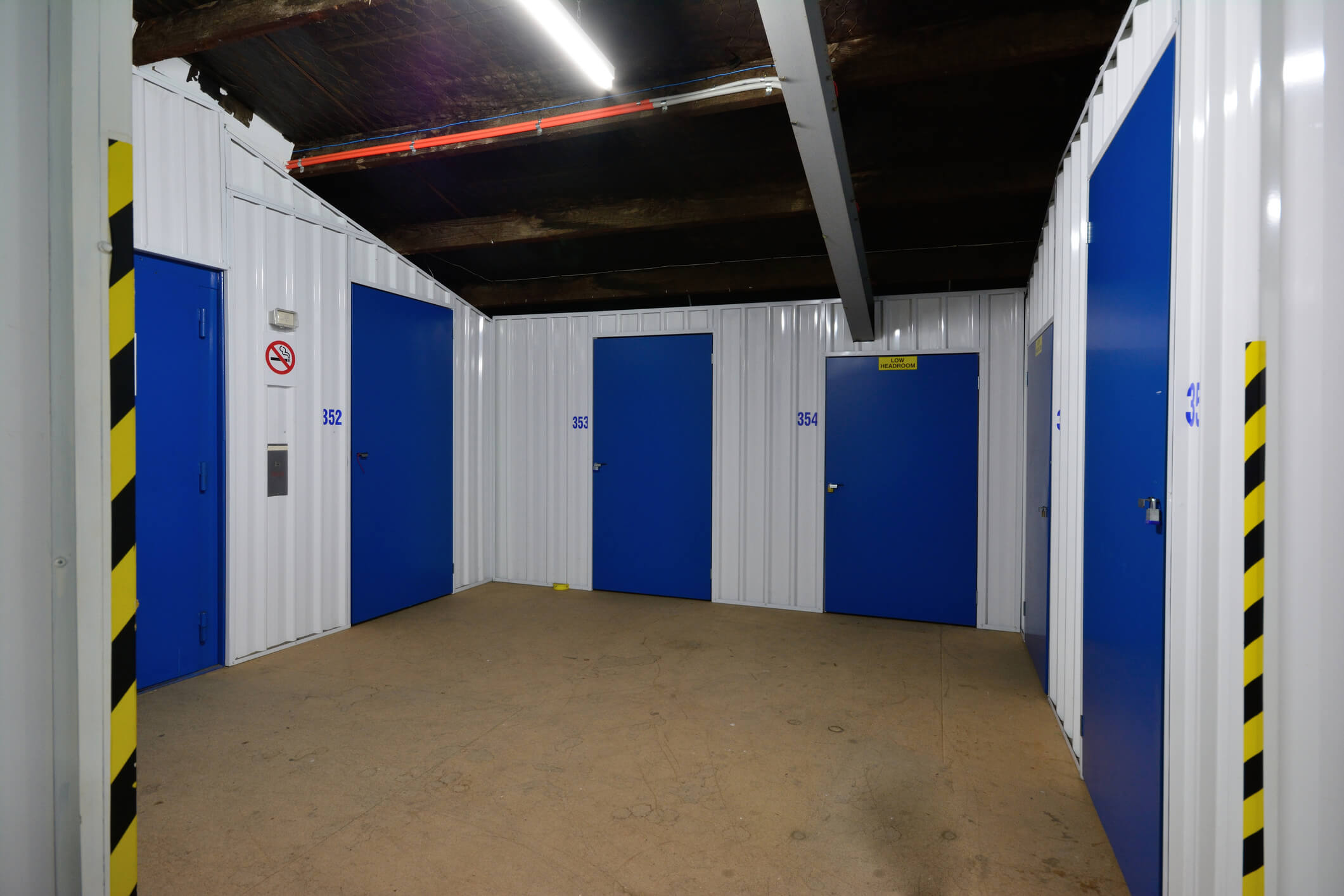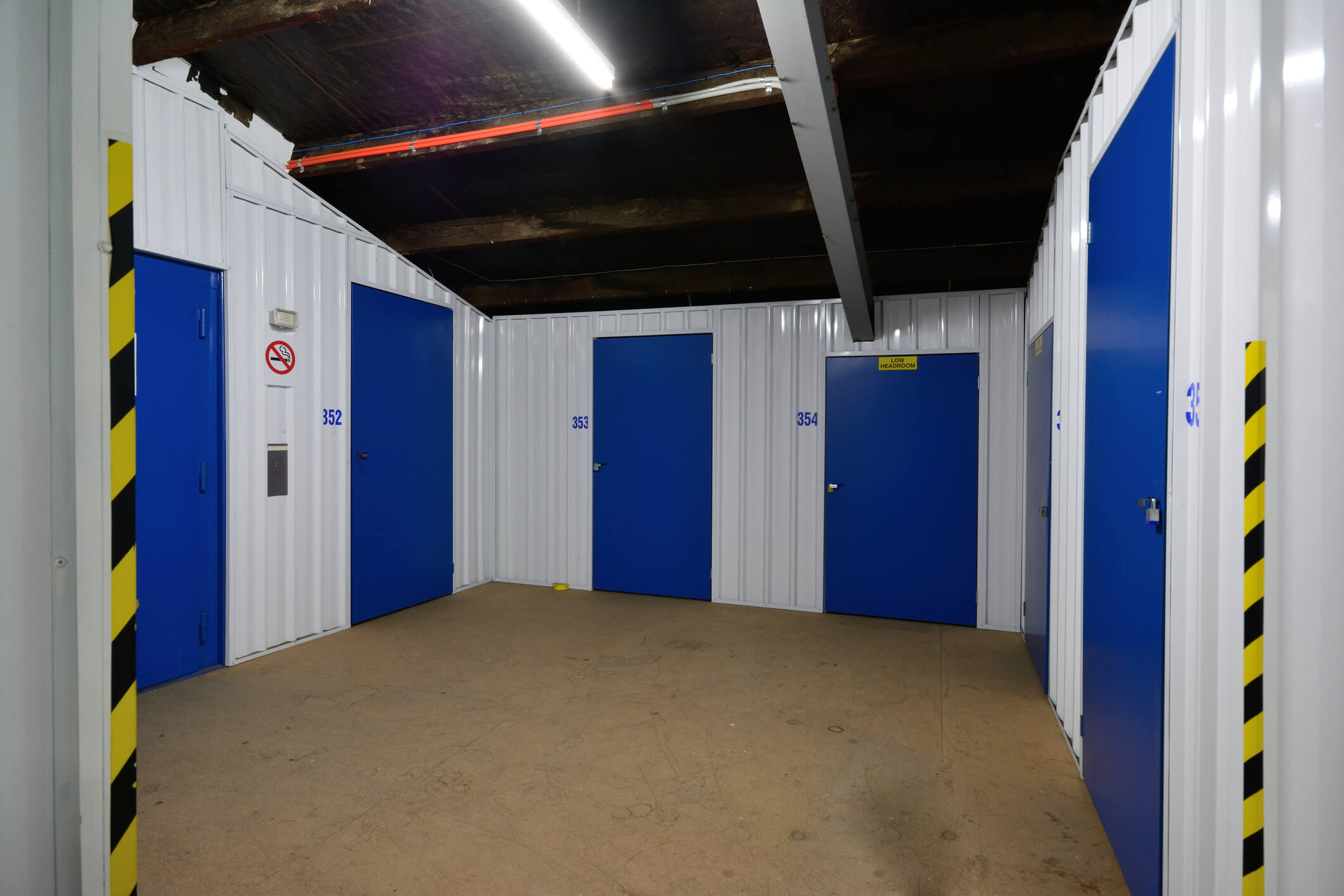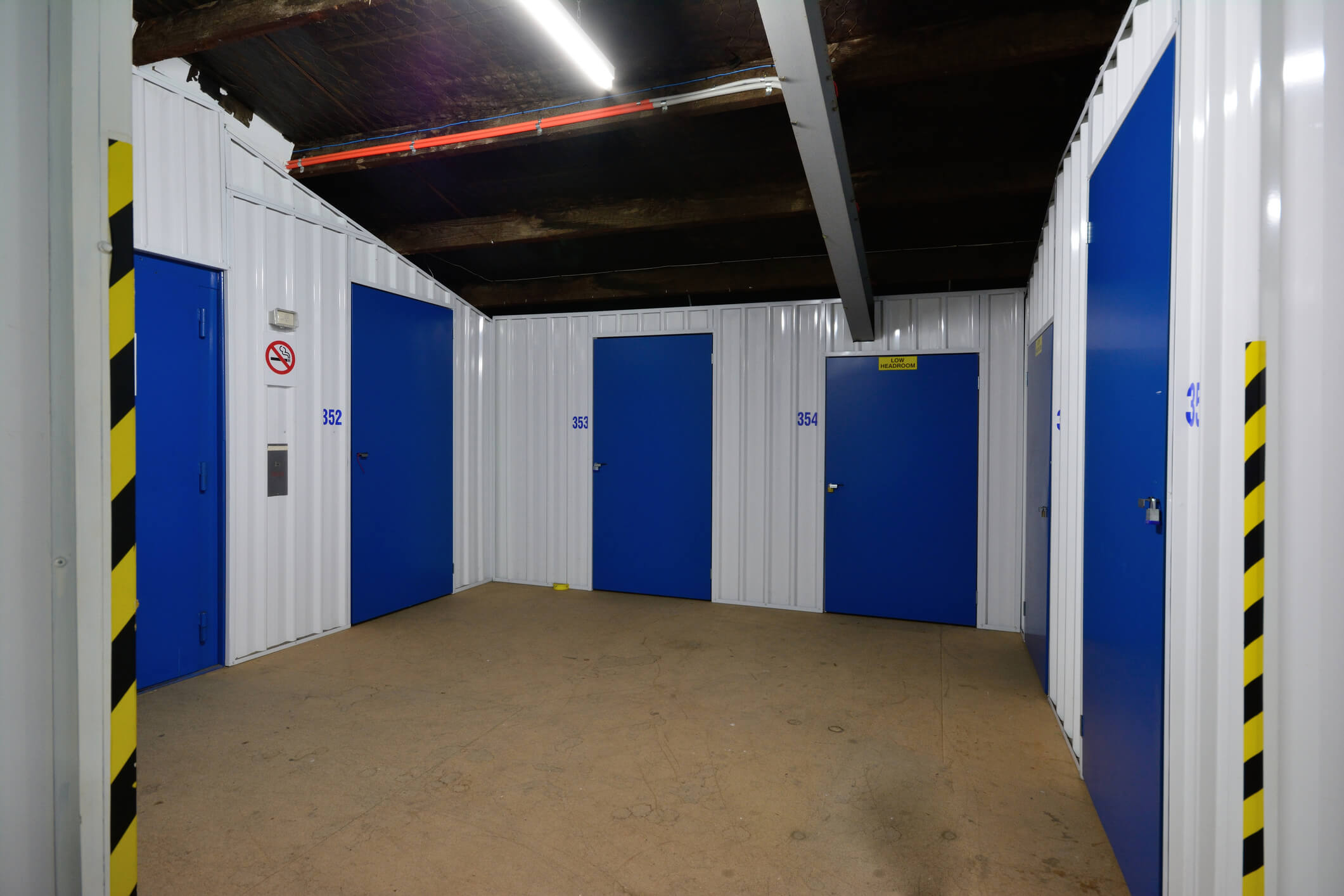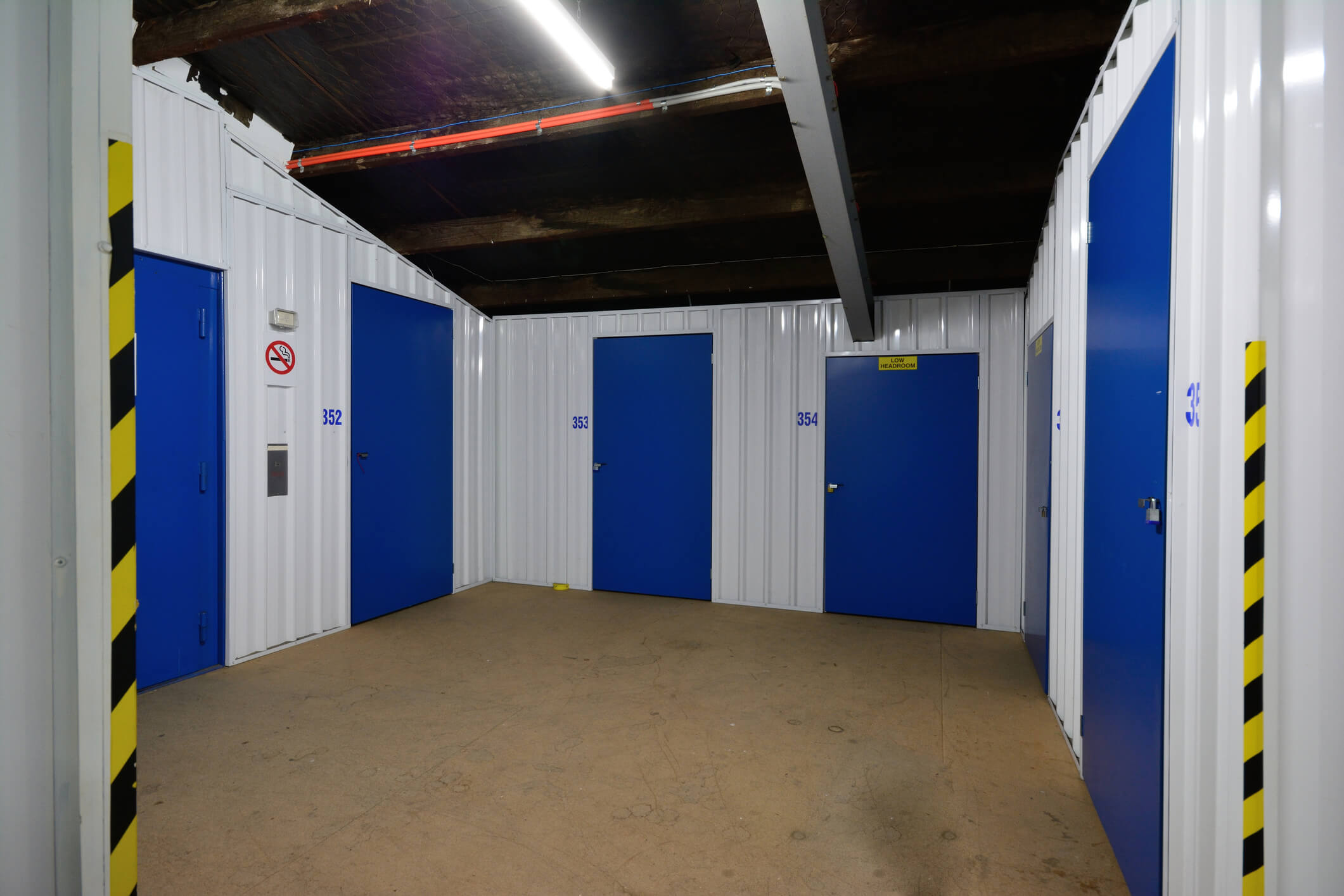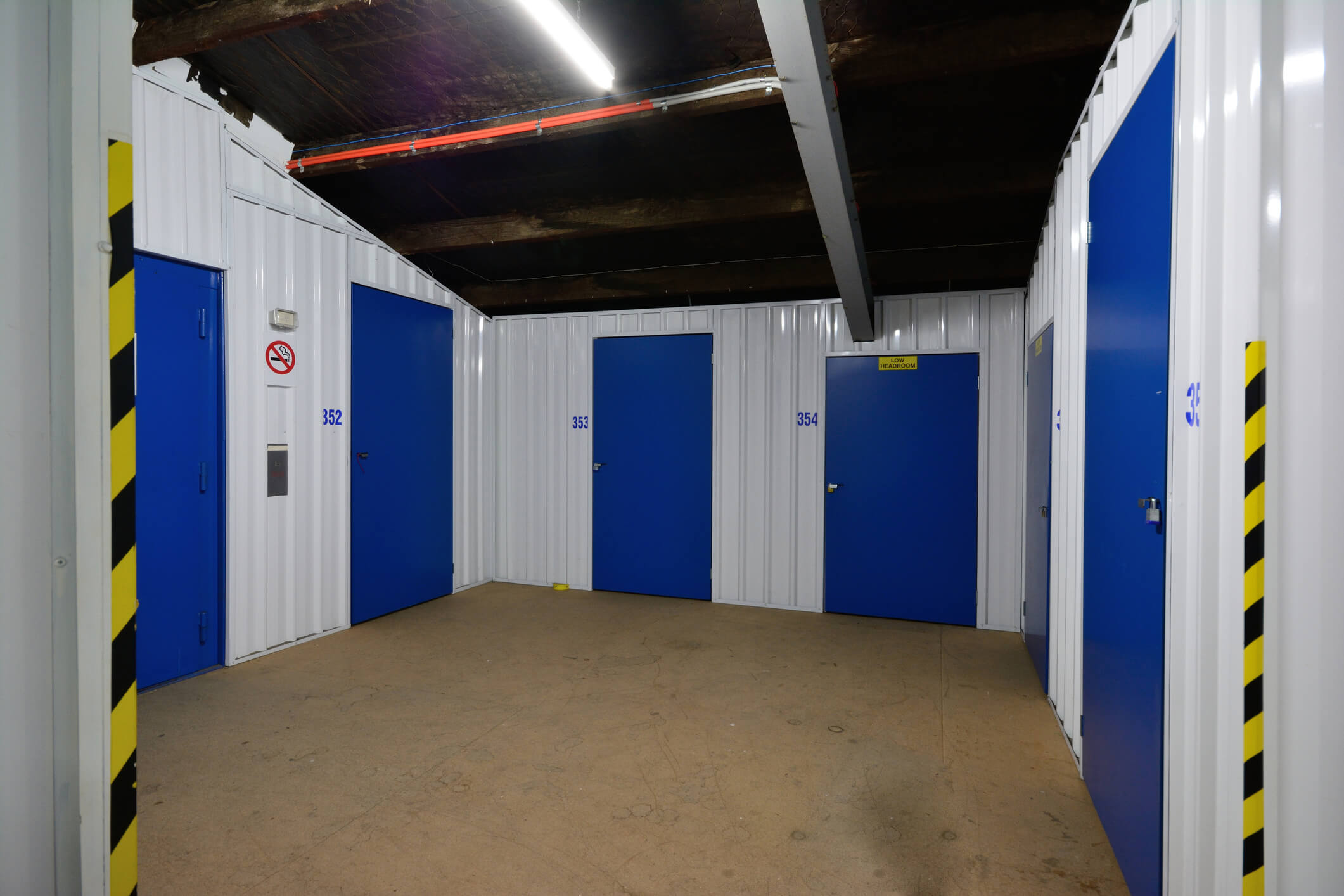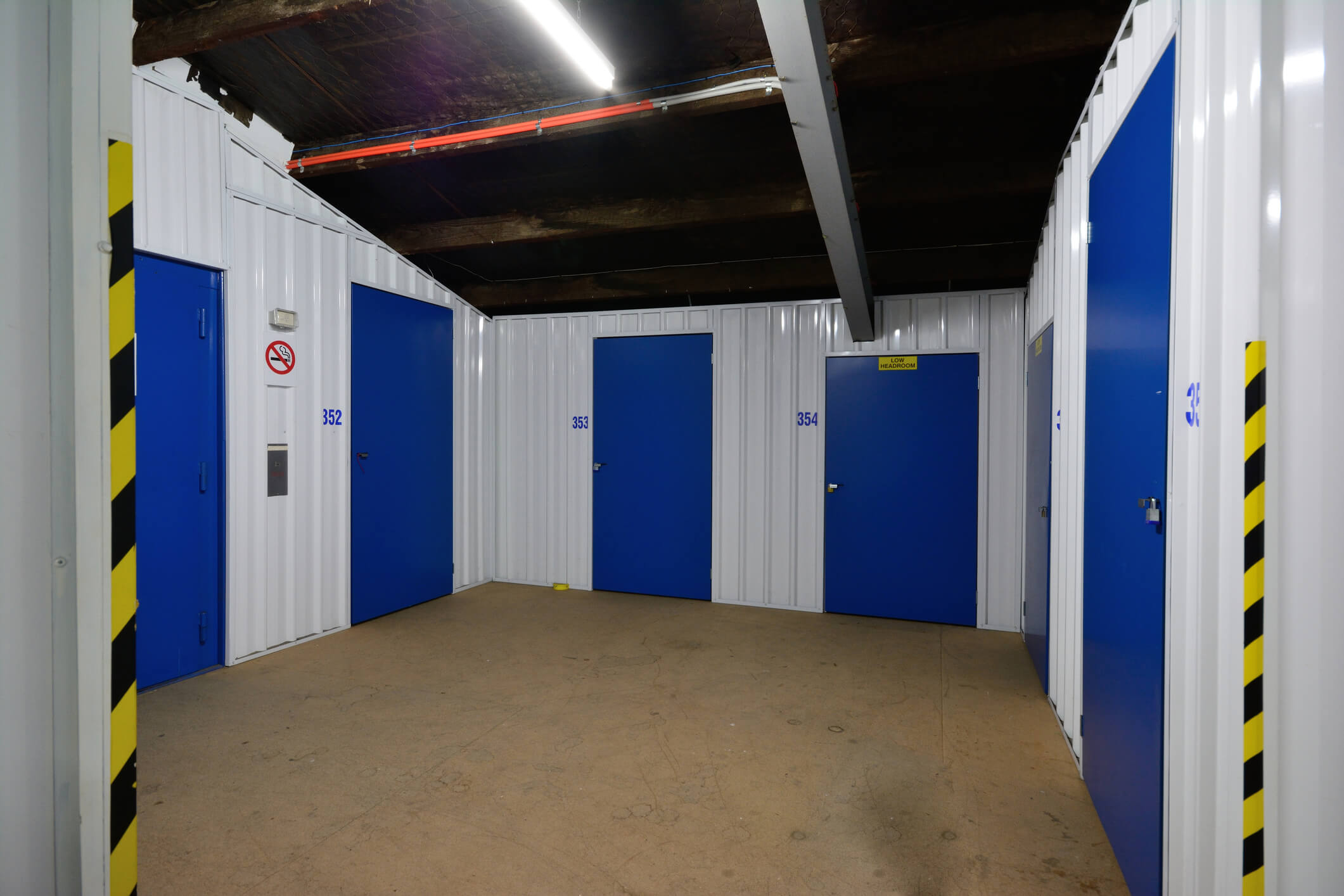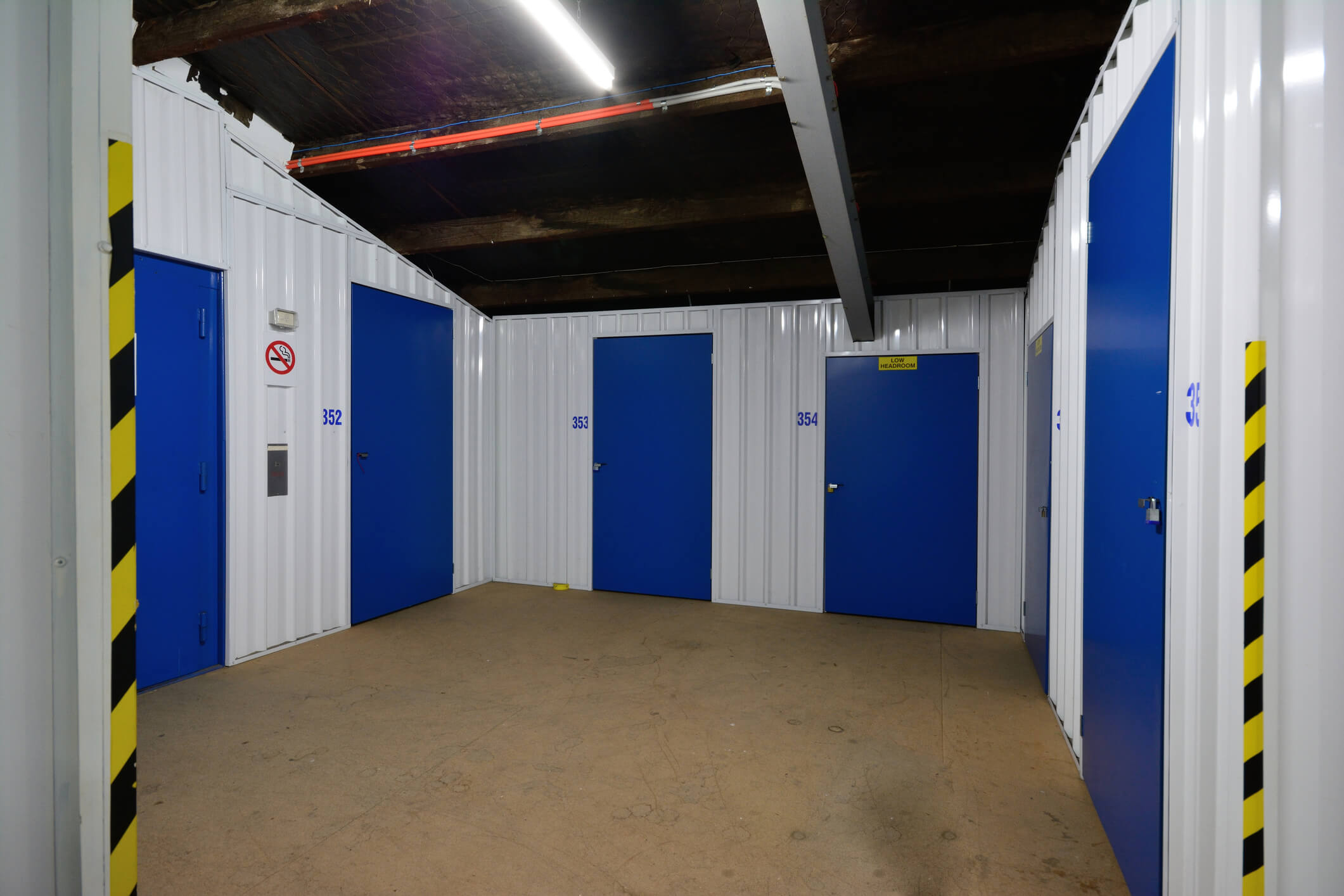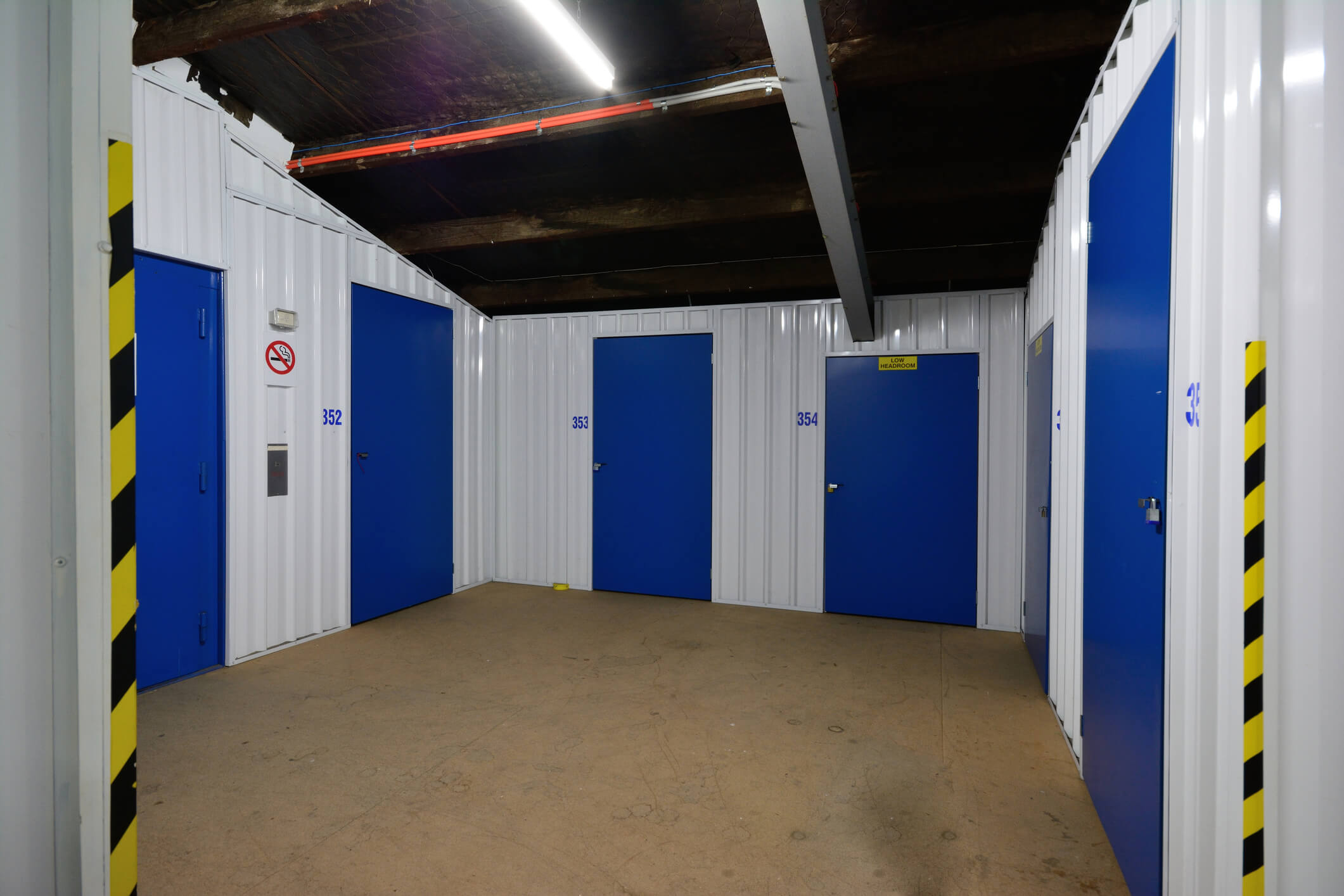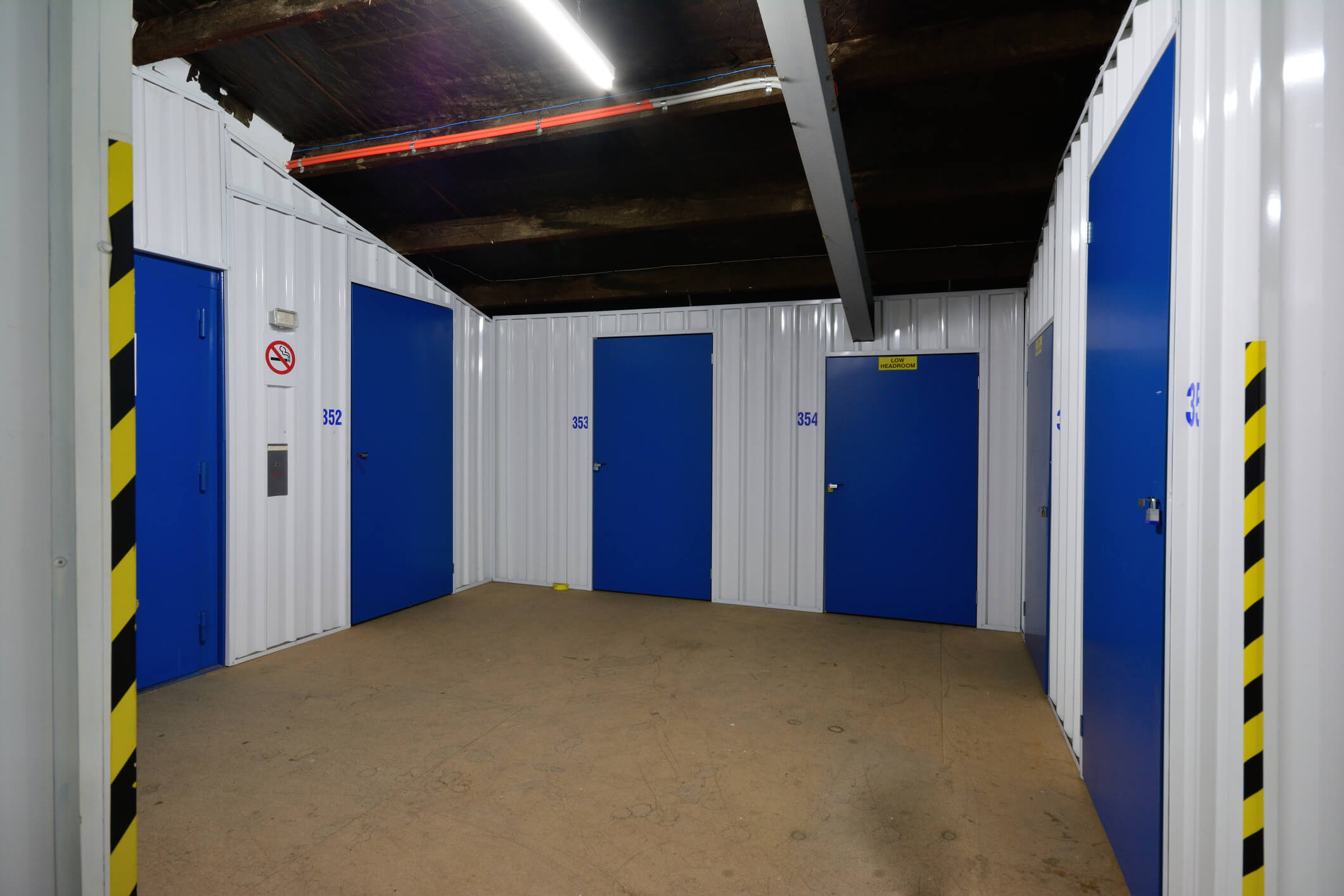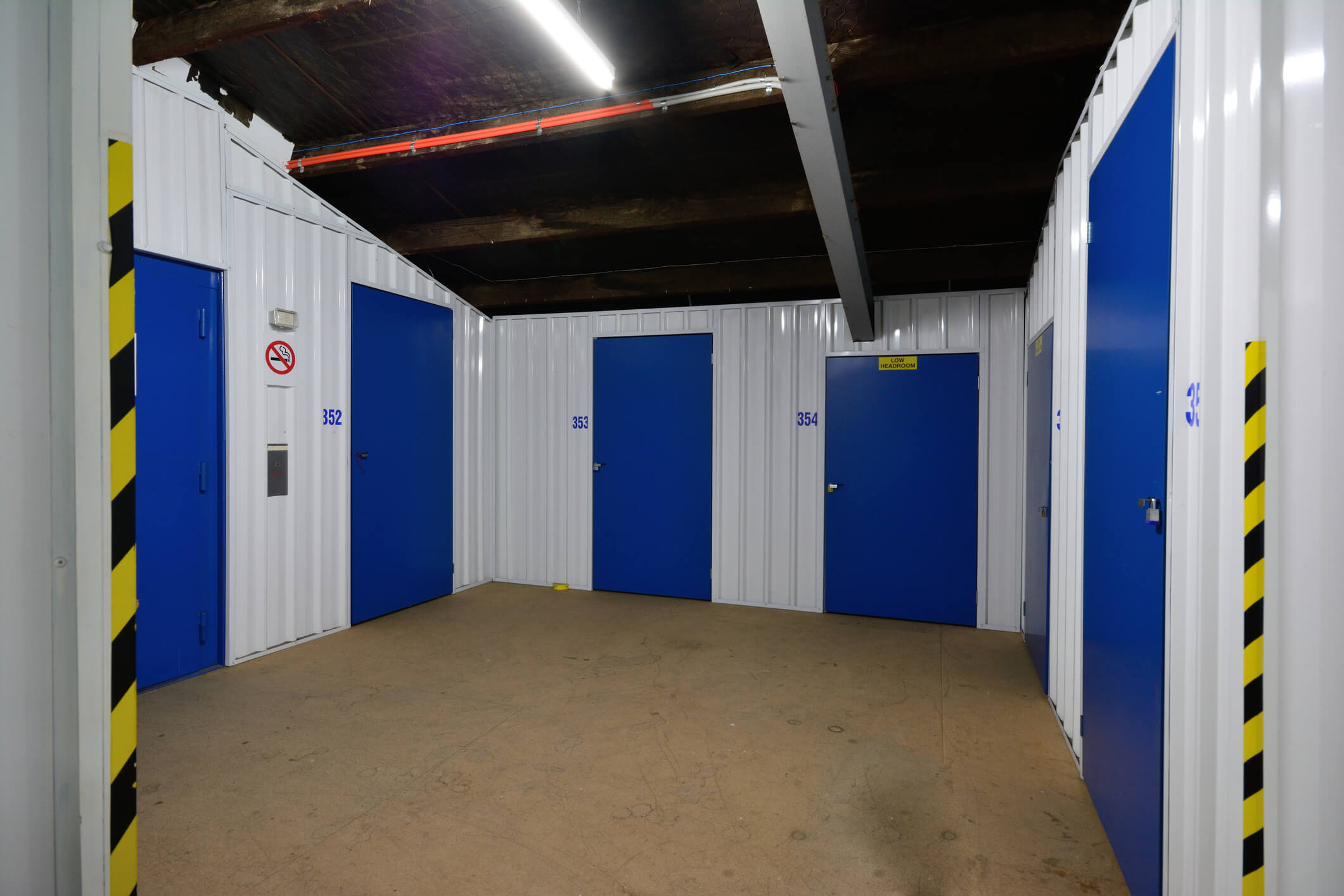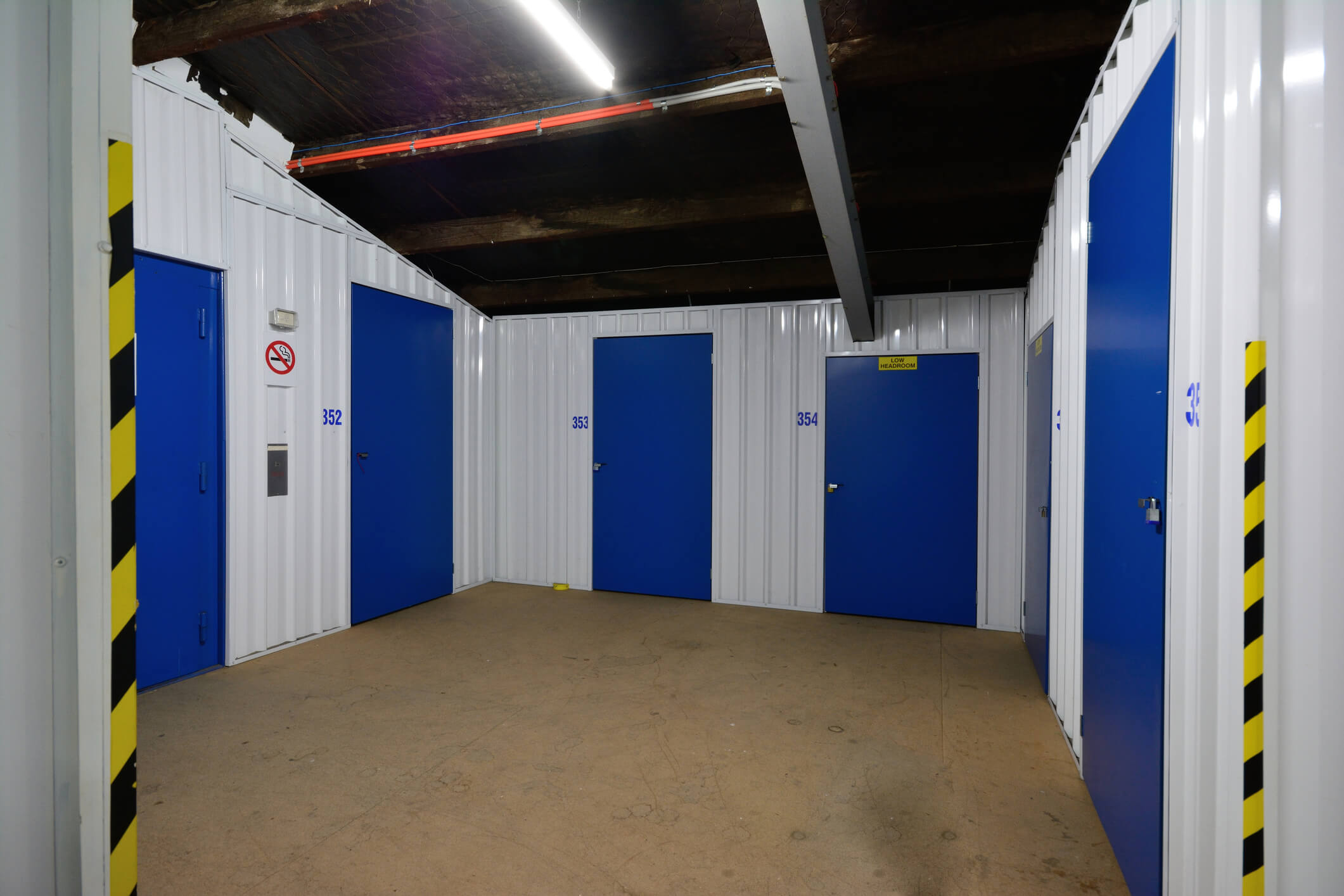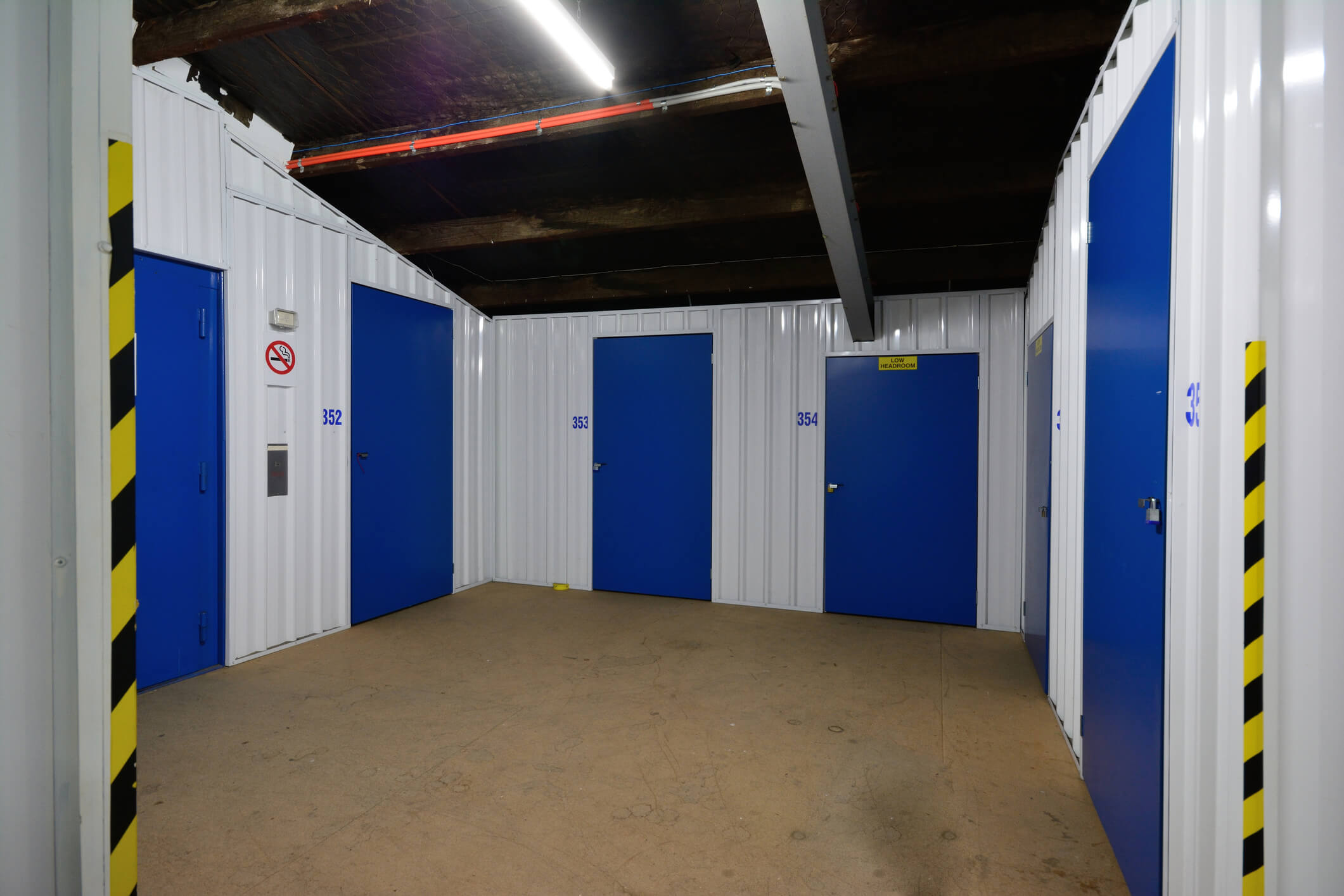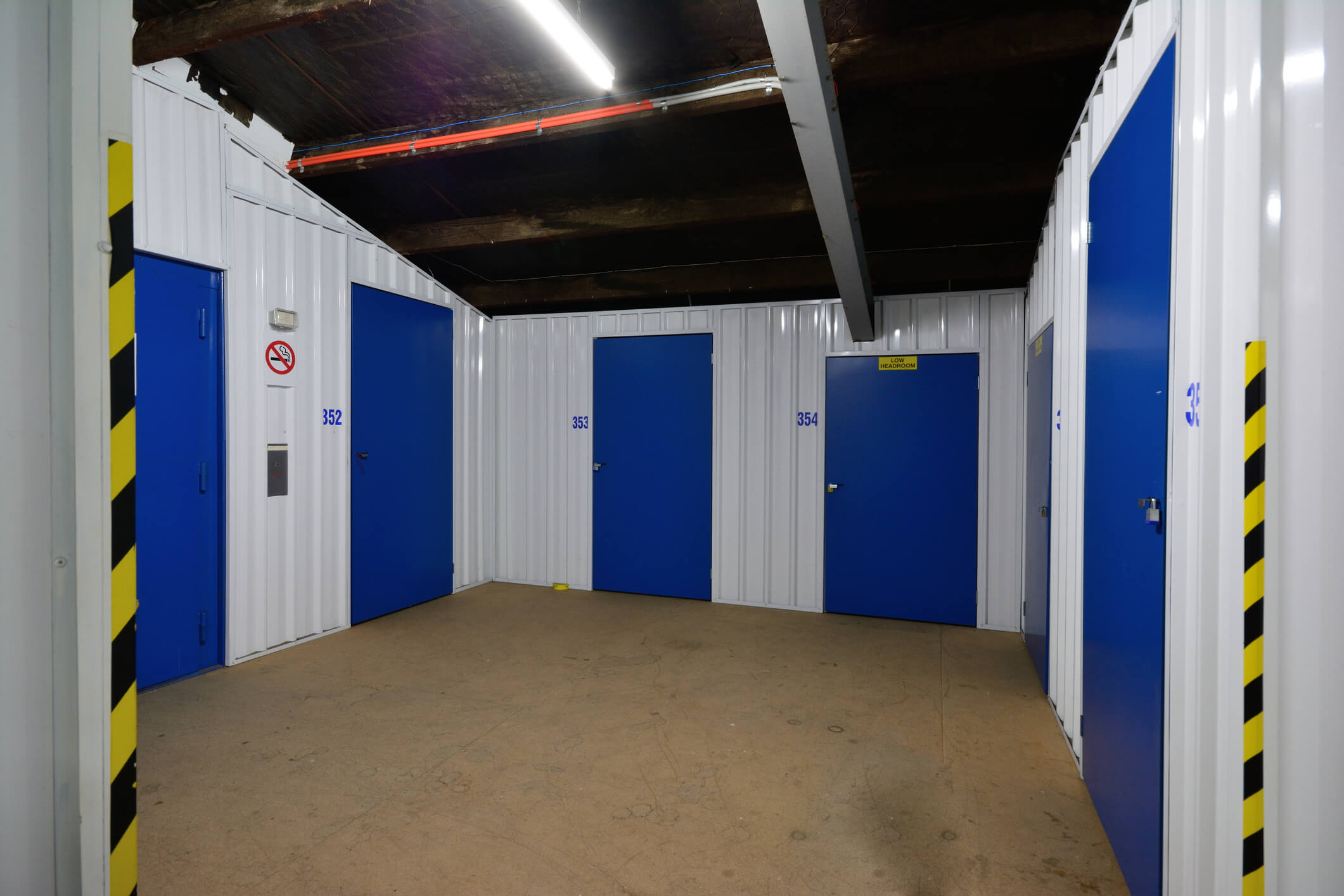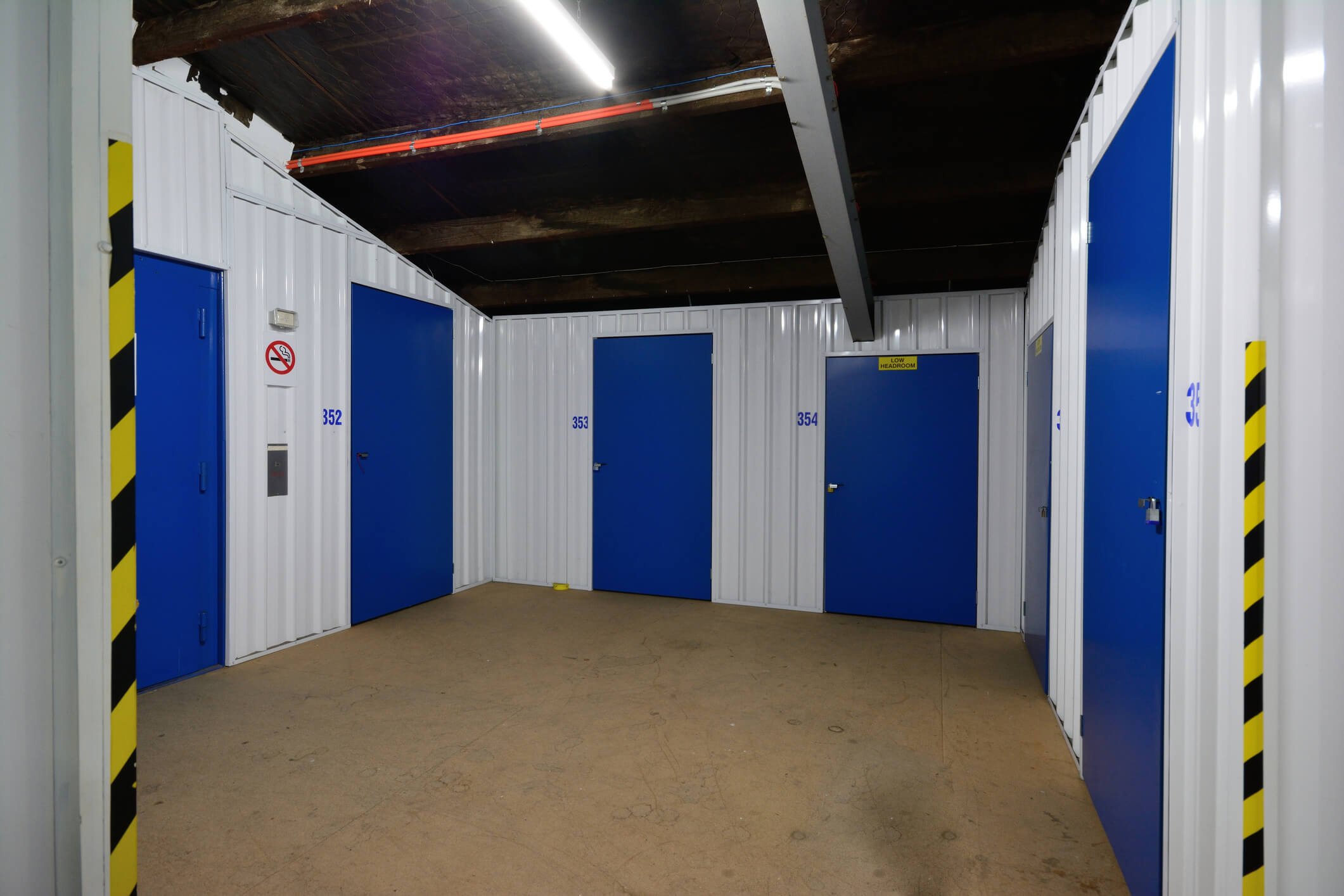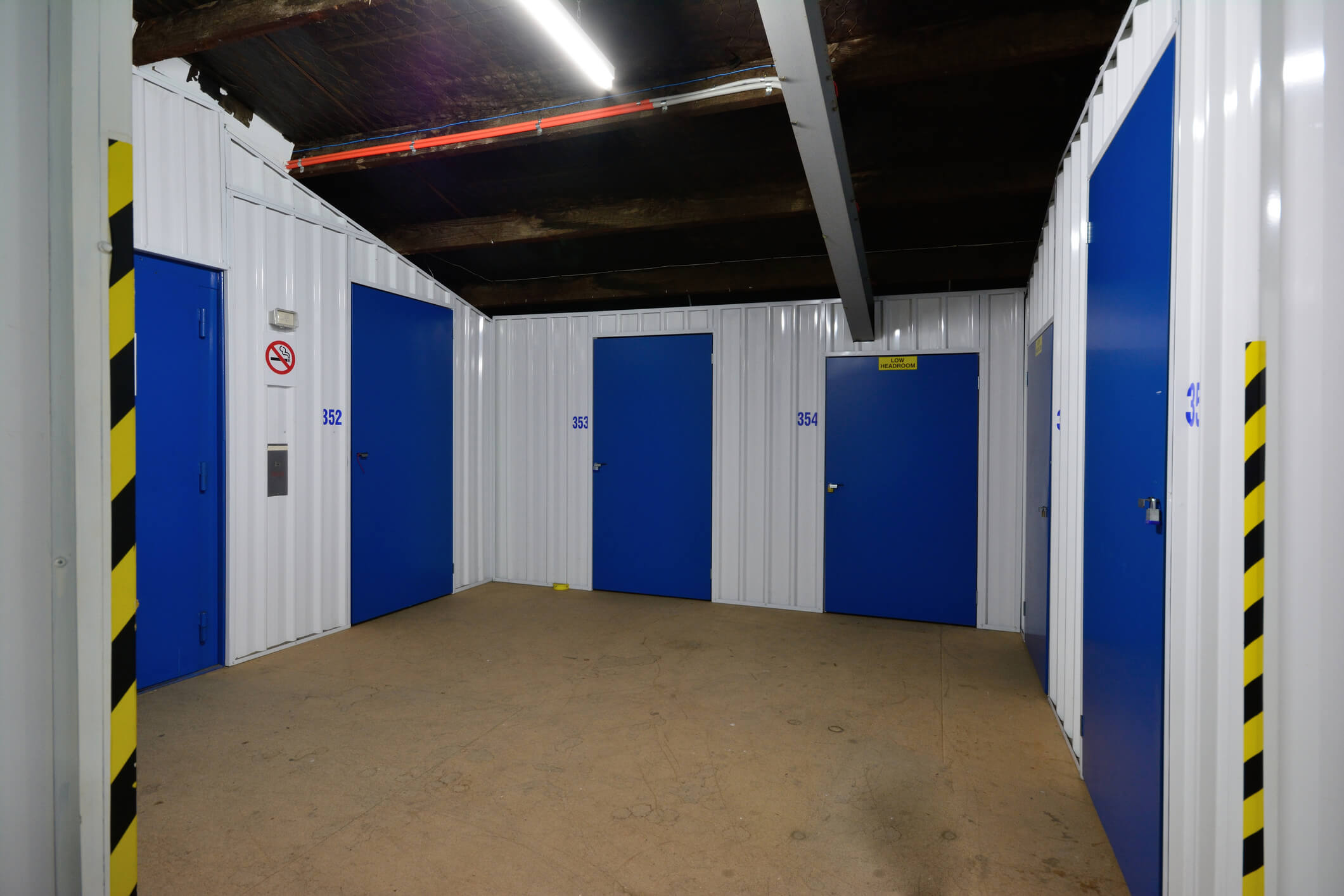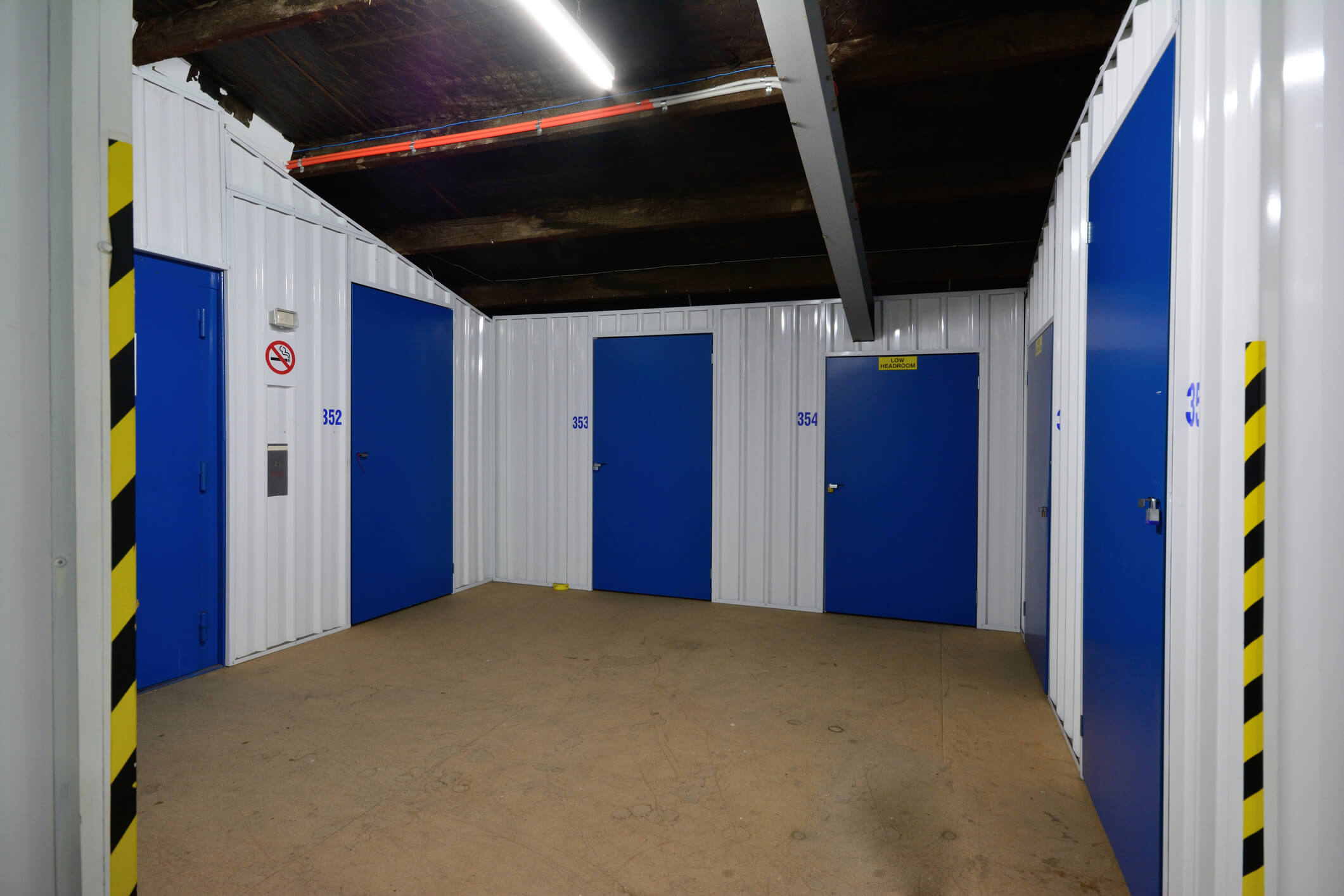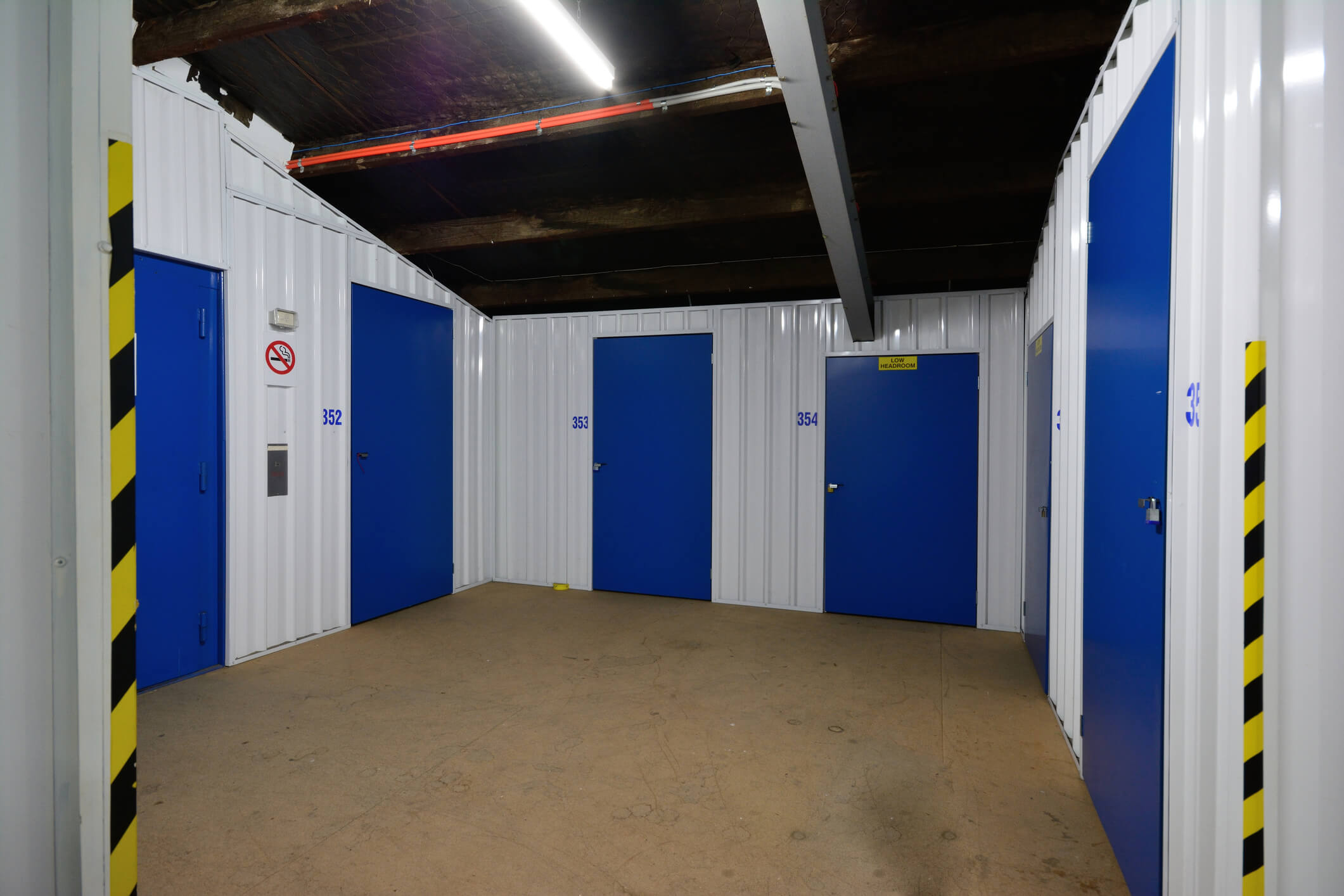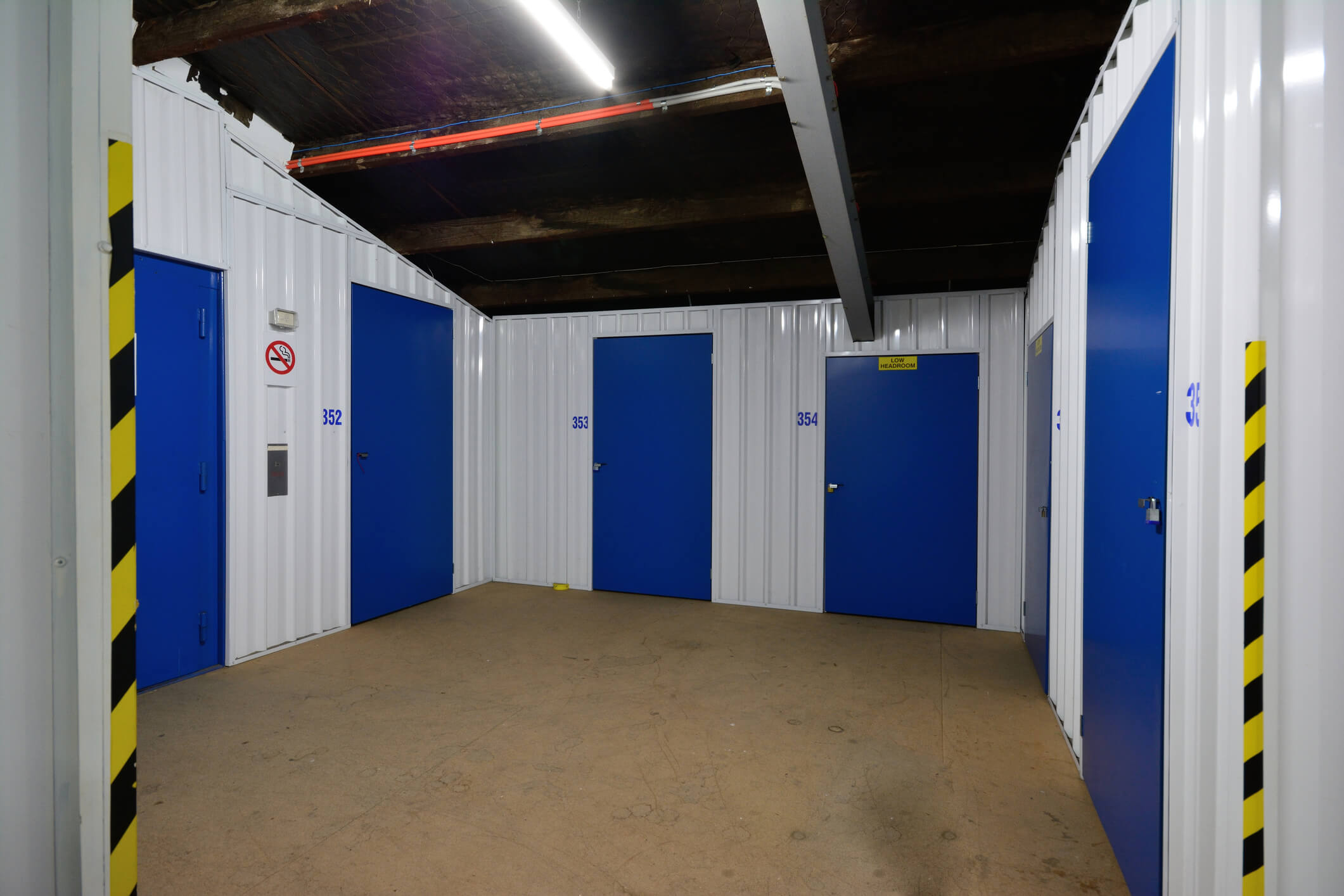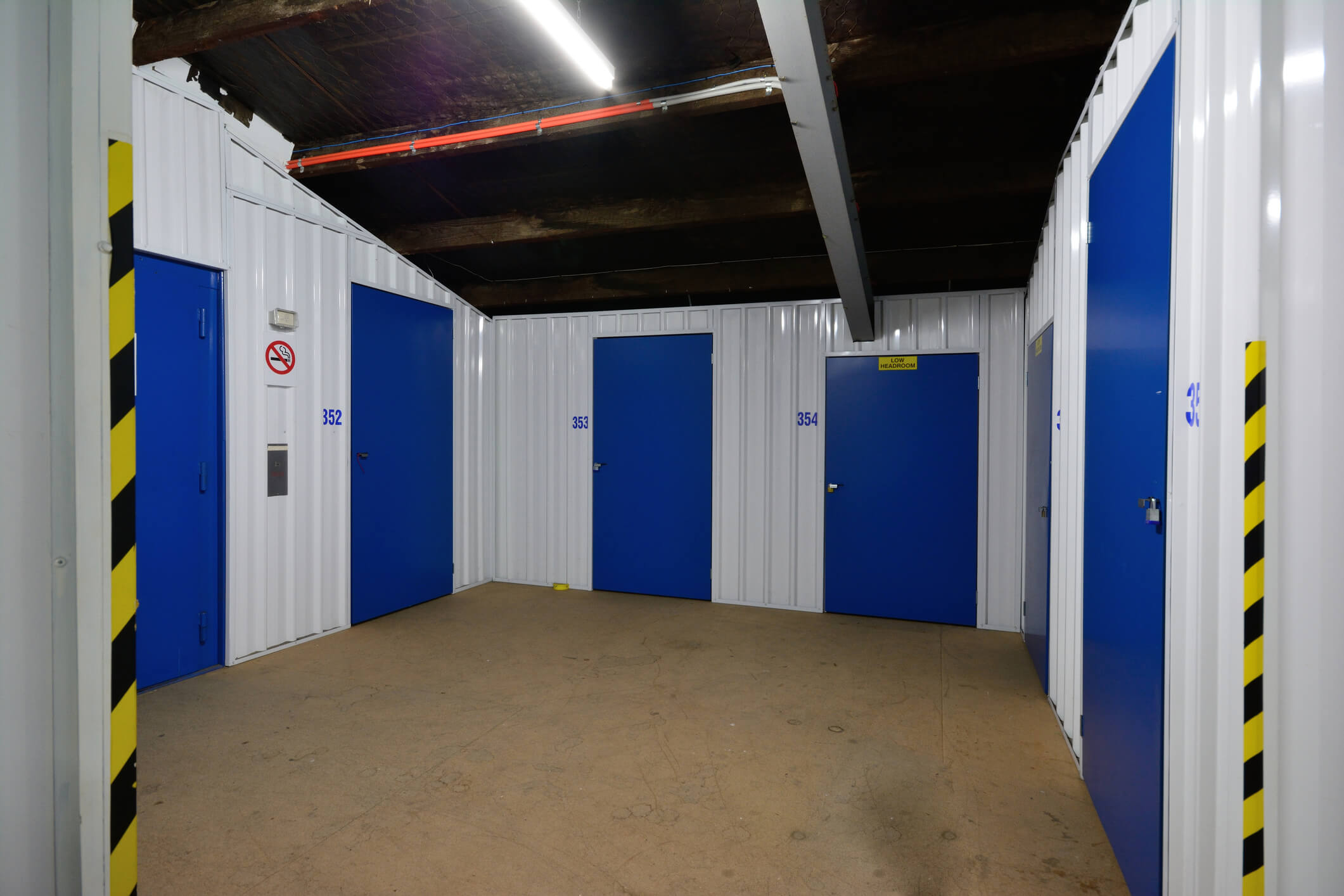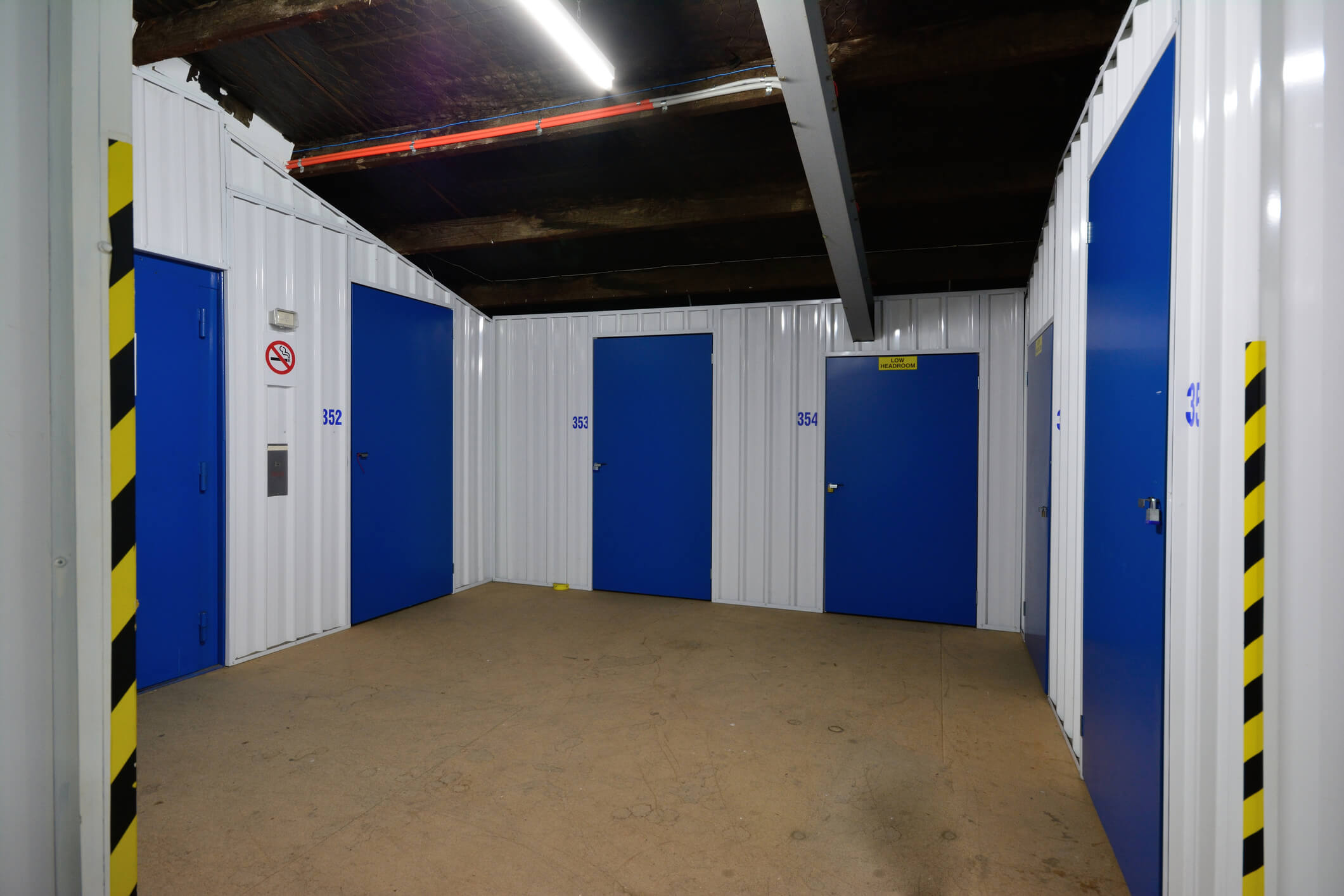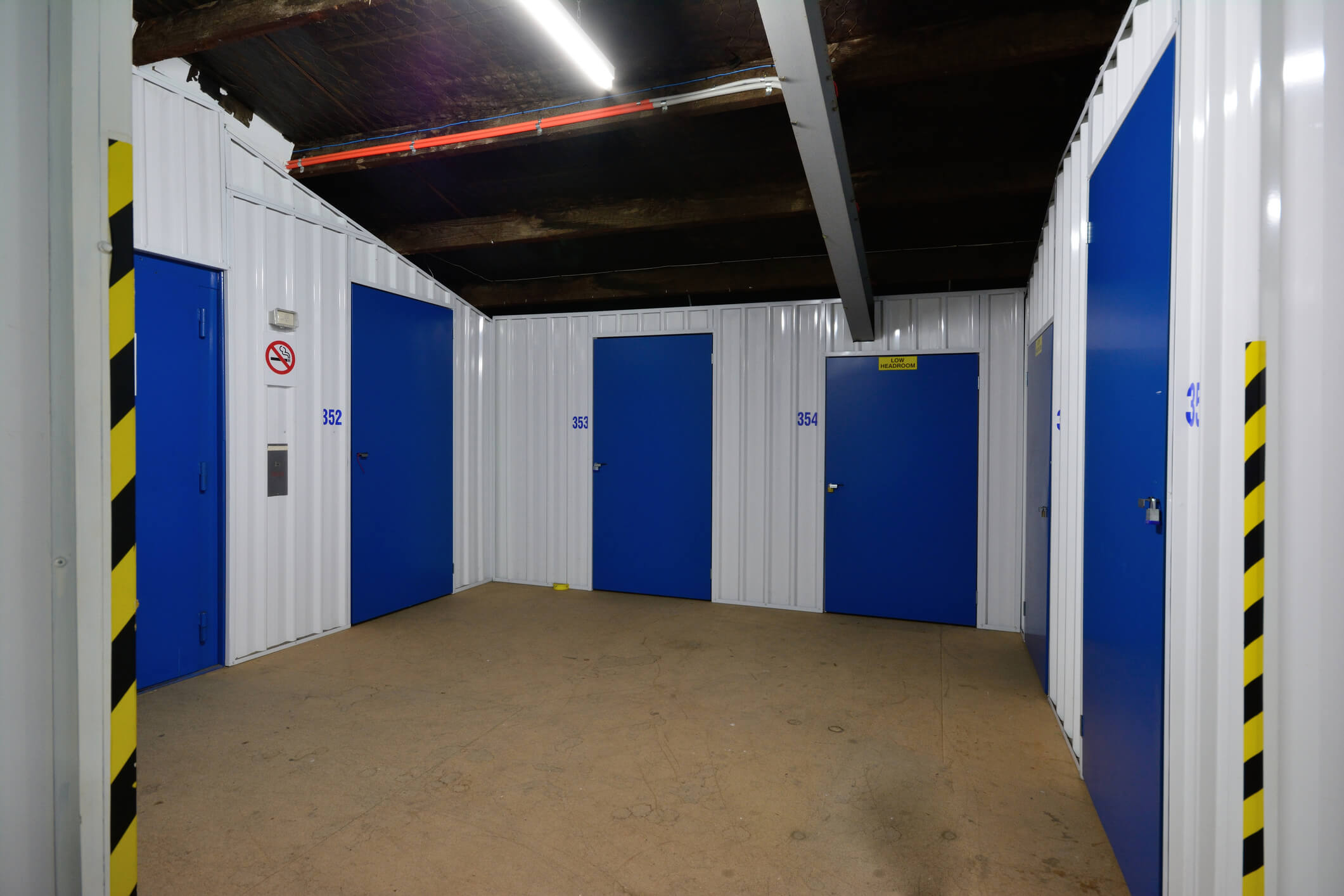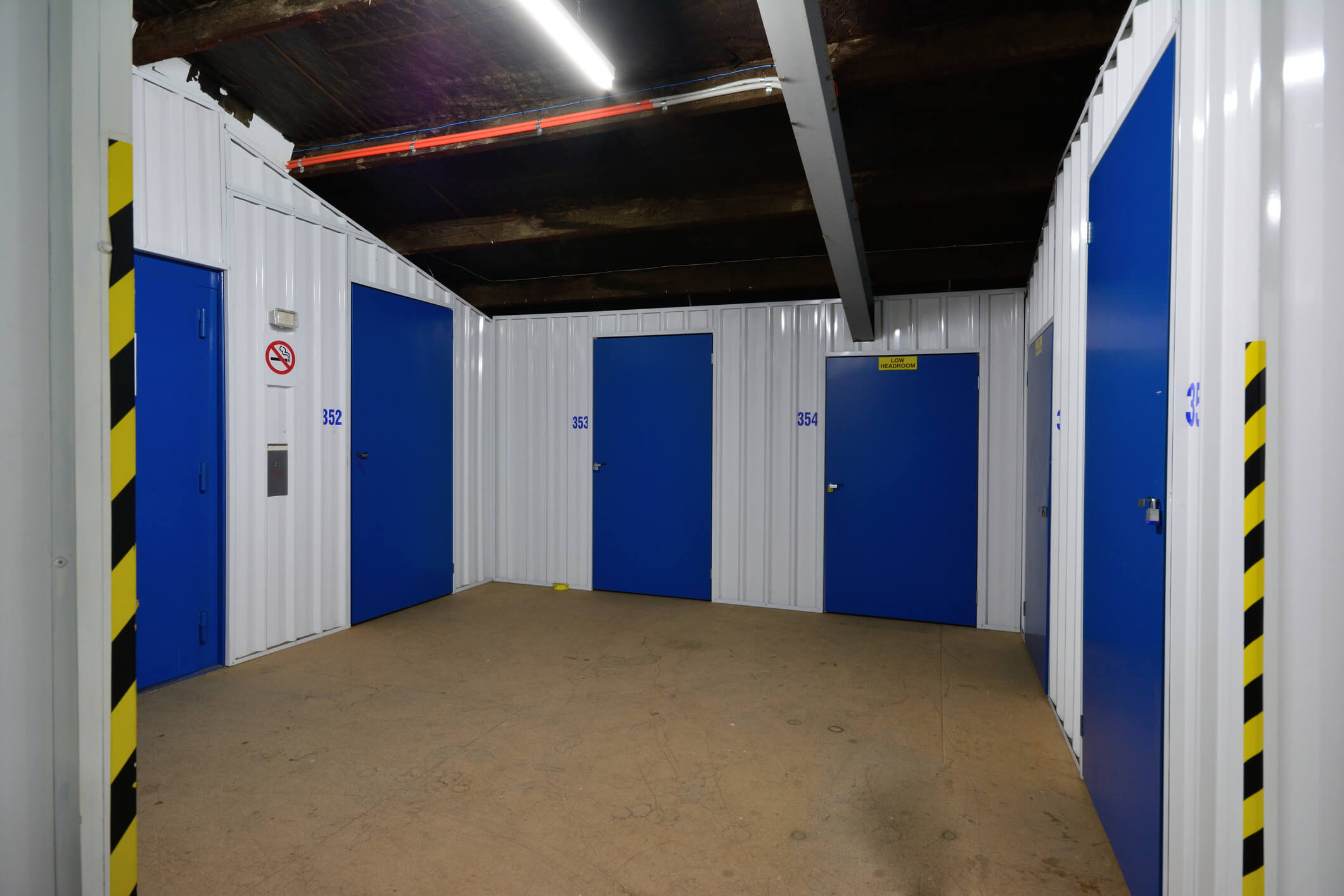Running a storage facility business involves significant operational risks that could force temporary closure or s…
Storage Facility Customer Goods Insurance: Protecting Client Property and Your Business
Running a storage facility comes with significant responsibility. When customers entrust you with their valuable possessions, furniture, business inventory, or personal belongings, you become liable for their safekeeping. Storage Facility Customer Goods Insurance provides essential protection for both your business and your customers' property, ensuring you can operate with confidence while meeting your duty of care obligations.
What is Storage Facility Customer Goods Insurance?
Storage Facility Customer Goods Insurance is a specialized form of commercial insurance designed specifically for self-storage facilities, warehouse operators, and other businesses that store customer property. This coverage protects against loss or damage to customers' goods while in your care, custody, or control.
Unlike standard commercial insurance, this policy recognizes the unique risks faced by storage facilities and provides tailored protection for the diverse range of items customers store, from household furniture and personal effects to business inventory and valuable collections.
Why Storage Facilities Need Specialized Insurance
Storage facilities face unique liability exposures that standard business insurance doesn't adequately address:
Legal Liability
Under UK law, storage facilities have a duty of care toward customer property. If goods are damaged or stolen while in your facility, you could face significant compensation claims.
Diverse Property Types
Customers store everything from antique furniture and artwork to business documents and electronic equipment, each with different values and vulnerability to damage.
Multiple Risk Factors
Storage facilities are exposed to various perils including fire, flood, theft, vandalism, and accidental damage during handling.
Customer Expectations
Even with liability waivers, customers expect reasonable protection for their stored goods, and insurance demonstrates your commitment to their property's safety.
Key Coverage Areas
Fire and Explosion Protection
Comprehensive coverage for customer goods damaged by fire, explosion, or smoke damage. This includes protection against electrical fires, heating system malfunctions, and external fire spread.
Theft and Burglary Coverage
Protection against theft of customer property, whether through break-ins, internal theft, or robbery. Coverage extends to forced entry damage and security system repairs.
Water Damage Protection
Coverage for damage caused by burst pipes, roof leaks, flooding, sprinkler system malfunctions, or storm damage. Essential protection given the potential for widespread damage from water incidents.
Accidental Damage Coverage
Protection for goods accidentally damaged during handling, moving, or facility maintenance operations. Covers damage caused by staff, contractors, or facility equipment.
Natural Disaster Protection
Coverage for damage from storms, floods, earthquakes, and other natural disasters that could affect stored goods.
Vandalism and Malicious Damage
Protection against intentional damage to customer property by third parties or unauthorized persons.
Types of Storage Facilities Covered
Self-Storage Facilities
Traditional self-storage units where customers rent space and retain access to their goods. Coverage addresses the facility's liability for property in individual units.
Document Storage Services
Specialized facilities storing business documents, records, and archives. Coverage includes protection for irreplaceable documents and data recovery costs.
Furniture Storage Warehouses
Facilities specializing in household furniture storage, often for customers moving home or downsizing. Coverage addresses the high value and vulnerability of furniture items.
Vehicle Storage Facilities
Indoor and outdoor facilities storing cars, motorcycles, boats, and recreational vehicles. Specialized coverage for high-value vehicles and seasonal storage.
Business Inventory Storage
Warehouses storing customer business inventory, stock, or equipment. Coverage addresses commercial property values and business interruption implications.
Climate-Controlled Facilities
Specialized storage for sensitive items requiring temperature and humidity control. Enhanced coverage for valuable items like artwork, wine, or electronics.
Industry-Specific Risks
Security Vulnerabilities
Storage facilities are attractive targets for thieves due to the concentration of valuable goods. Adequate security measures and insurance coverage work together to minimize risk.
Environmental Hazards
Facilities must protect against water damage, temperature fluctuations, pest infestations, and other environmental factors that could damage stored goods.
Access Control Issues
Managing customer access while maintaining security requires robust systems. Insurance covers losses resulting from access control failures.
Handling and Movement Risks
Staff handling customer goods during intake, organization, or retrieval face risks of accidental damage. Proper training and insurance coverage are essential.
Facility Maintenance Risks
Regular maintenance of buildings, security systems, and climate control equipment is crucial. Insurance covers damage resulting from system failures.
Customer Communication Challenges
Clear communication about facility policies, insurance coverage, and customer responsibilities helps prevent disputes and claims.
Coverage Limits and Considerations
Per-Item Limits
Policies typically include maximum coverage amounts per individual item. High-value items may require additional coverage or separate scheduling.
Per-Unit Limits
Coverage limits per storage unit help manage exposure while providing adequate protection for typical storage contents.
Aggregate Limits
Overall policy limits ensure adequate coverage for major incidents affecting multiple units or the entire facility.
Deductible Structures
Policy deductibles affect claim costs and premium levels. Consider the balance between affordability and adequate protection.
Valuation Methods
Understanding how items are valued for claims purposes - replacement cost versus actual cash value - affects coverage adequacy.
Exclusions and Limitations
Standard exclusions may include certain high-risk items, inadequately packaged goods, or items stored beyond recommended timeframes.
Risk Management Strategies
Robust Security Systems
Implement comprehensive security including CCTV surveillance, access control systems, perimeter fencing, and alarm systems. Many insurers offer premium discounts for enhanced security.
Climate Control Management
Maintain appropriate temperature and humidity levels to prevent damage to sensitive items. Regular monitoring and maintenance of climate control systems is essential.
Fire Prevention Measures
Install appropriate fire detection and suppression systems. Regular inspections and maintenance of electrical systems help prevent fire risks.
Staff Training Programs
Comprehensive training for staff on proper handling procedures, security protocols, and emergency response reduces accident risks.
Customer Education
Clear communication about packing requirements, prohibited items, and facility policies helps prevent damage and disputes.
Regular Facility Inspections
Systematic inspections of units, buildings, and equipment help identify potential problems before they cause damage.
Claims Process and Documentation
Incident Reporting
Immediate reporting of damage, theft, or other incidents affecting customer goods. Detailed documentation supports efficient claims processing.
Evidence Preservation
Maintaining security footage, photographs, and other evidence of incidents. Proper documentation is crucial for successful claims resolution.
Customer Communication
Prompt notification of customers about incidents affecting their property. Transparent communication helps maintain customer relationships during claims.
Inventory Documentation
Detailed records of stored items, including photographs and condition reports, support accurate claims assessment.
Professional Assessment
Working with qualified loss adjusters and restoration specialists ensures appropriate evaluation and treatment of damaged goods.
Repair and Replacement
Understanding policy provisions for repair versus replacement of damaged items affects claims outcomes and customer satisfaction.
Choosing the Right Insurance Provider
Storage Industry Experience
Select insurers with specific experience in storage facility risks. Industry knowledge ensures appropriate coverage and competitive pricing.
Coverage Flexibility
Look for policies that can be tailored to your specific facility type, customer base, and risk profile. One-size-fits-all policies may leave gaps.
Claims Service Quality
Research insurers' claims handling reputation. Efficient, fair claims service is crucial for maintaining customer relationships during difficult situations.
Risk Management Support
Many insurers offer risk assessment services, security recommendations, and loss prevention resources to help minimize claims.
Financial Stability
Choose insurers with strong financial ratings to ensure they can meet claim obligations, especially for large losses.
Premium Competitiveness
Compare coverage and pricing from multiple providers. Consider total cost of ownership including deductibles and coverage limits.
Legal and Regulatory Considerations
Duty of Care Obligations
UK law imposes specific duties on storage facilities regarding customer property. Insurance helps meet these legal obligations.
Contract Terms and Conditions
Storage agreements should clearly define responsibilities and limitations. Insurance coverage should align with contractual obligations.
Consumer Protection Requirements
Compliance with consumer protection regulations affects liability exposure and insurance requirements.
Data Protection Compliance
Storage of customer information requires GDPR compliance. Cyber insurance may complement property coverage for comprehensive protection.
Health and Safety Regulations
Compliance with workplace safety requirements affects liability exposure and insurance costs.
Planning Permission and Building Regulations
Ensuring facilities meet all regulatory requirements helps prevent coverage disputes and regulatory penalties.
Cost Factors and Premium Considerations
Facility Size and Type
Larger facilities and those storing higher-value goods typically face higher premiums due to increased exposure.
Security Measures
Comprehensive security systems, including CCTV, access control, and alarm systems, often qualify for premium discounts.
Location Factors
Facility location affects risks from crime, flooding, and other perils. Urban versus rural locations have different risk profiles.
Claims History
Previous claims experience affects premium pricing. Good claims history can result in favorable pricing and terms.
Coverage Limits Selected
Higher coverage limits increase premiums but provide better protection. Balance adequate coverage with budget constraints.
Deductible Levels
Higher deductibles reduce premiums but increase out-of-pocket costs for claims. Consider cash flow implications when selecting deductibles.
Future Trends and Considerations
Technology Integration
Advanced security systems, IoT monitoring, and automated climate control systems are becoming standard. Insurance policies are adapting to cover these technologies.
Increased Customer Expectations
Customers increasingly expect comprehensive protection for their stored goods. Insurance coverage helps meet these expectations while managing costs.
Climate Change Impacts
Increasing frequency of extreme weather events affects storage facility risks. Coverage for climate-related damage is becoming more important.
Regulatory Evolution
Changing regulations around consumer protection and data privacy affect storage facility operations and insurance requirements.
Market Consolidation
Industry consolidation is creating larger storage operators with more sophisticated insurance needs and greater negotiating power.
Sustainability Focus
Environmental considerations are affecting facility design and operations. Green building features may influence insurance costs and coverage.
Conclusion
Storage Facility Customer Goods Insurance is essential protection for any business that stores customer property. This specialized coverage protects against the unique risks faced by storage facilities while demonstrating your commitment to customer service and professional standards.
The right insurance program combines comprehensive coverage with effective risk management strategies to protect both your business and your customers' valuable possessions. By understanding the coverage options, risk factors, and industry best practices, you can make informed decisions that support your business success while providing peace of mind to your customers.
Working with experienced insurance professionals who understand the storage industry ensures you receive appropriate coverage at competitive rates. Regular policy reviews and updates help maintain adequate protection as your business grows and evolves.
Remember that insurance is just one component of effective risk management. Combining comprehensive coverage with robust security measures, proper staff training, and clear customer communication creates the foundation for successful storage facility operations.


 0330 127 2333
0330 127 2333

